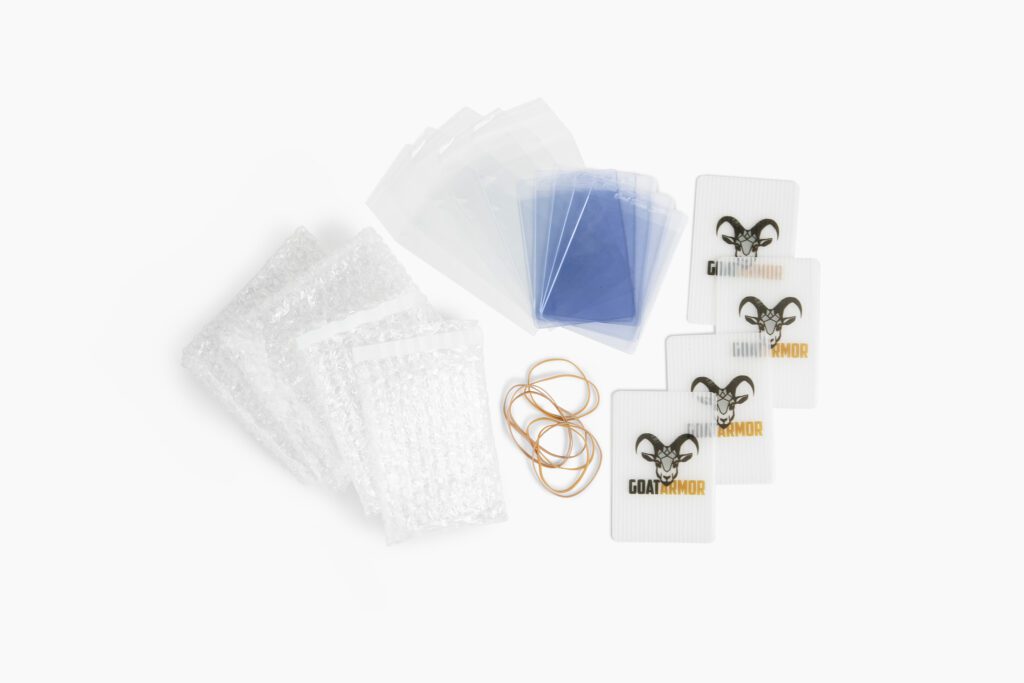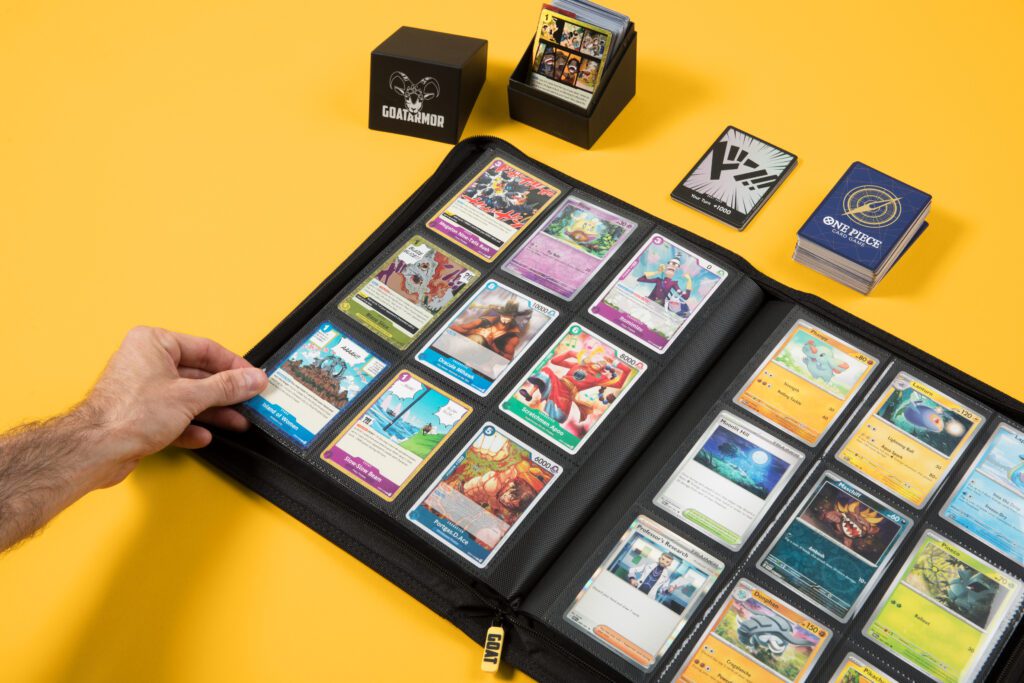How Does PSA Card Grading Work?
Share
PSA card grading is one of the most crucial aspects collectors focus on in the world of trading cards. PSA grading provides legitimacy, protects your investment, and often increases the card’s market value. But how exactly does PSA card grading work?
This guide will break down the entire process and explain why it matters for collectors.
What is PSA Card Grading?

PSA card grading is a service provided by PSA, one of the leading third-party grading companies in the world. PSA evaluates the condition and authenticity of sports and non-sports trading cards, assigning them a grade based on their overall state. Collectors rely on PSA to ensure that their cards are genuine and in the best possible condition, adding credibility and value to the card.
When you submit a card for PSA grading, you have its authenticity verified and receive a professional assessment of its condition. The better the condition, the higher the grade, and the more valuable the card can become.
The PSA Card Grading Process
Step 1: Submitting Your Cards
The first step in PSA card grading is submitting your cards. To start, you’ll need to:
- Create an account on the PSA website.
- Fill out a submission form detailing the cards you want to be graded.
- Carefully package your cards to ensure they are not damaged in transit.
- You can choose the appropriate service level based on the value of your cards and how quickly you want the grading process completed.
- Ship the package to PSA’s headquarters.
It’s important to include all necessary documentation and follow PSA’s submission guidelines to ensure the grading process is completed on time.
Step 2: PSA’s Authentication & Grading
Once PSA receives your cards, the grading process begins. This process includes two major steps:
- Authentication – PSA experts first confirm the authenticity of your card, ensuring it’s not a counterfeit. This step is crucial, as fake cards can damage the market’s integrity.
- Grading – After authentication, PSA assigns a grade to your card. Cards are graded on a scale from 1 to 10, with 10 being Gem Mint and one being Poor. The grade reflects the card’s overall condition, which is based on several factors:
- Centering: How well the card’s image is centered within the borders.
- Edges: The condition of the card’s edges.
- Corners: The sharpness of the card’s corners.
- Surface: Any imperfections on the card’s surface, such as scratches, stains, or print defects.
Step 3: Encapsulation & Slabbing
After grading, the card is placed into a tamper-evident, rigid plastic holder, a process known as slabbing. This slab protects the card from future damage while displaying the grade and providing a certification number that can be looked up in PSA’s online database. Encapsulation adds an extra layer of security. The card cannot be altered after grading.
GEM-MT 10 (Gem Mint) – A card with nearly perfect centering, sharp corners, smooth edges, and a flawless surface.
What Do PSA Grades Mean?
PSA uses a 10-point grading scale, with each grade representing a different level of card condition:

- MINT 9 – A card with only minor flaws, such as slight centering imperfections or tiny corner wear.
- NM-MT 8 (Near Mint-Mint) – A card with slight corner or edge wear and centering that is slightly off.
- EX-MT 6 to NM 7 (Excellent-Mint) – A card with noticeable wear, such as light corner rounding, edge chipping, or centering off by more than 70/30.
- VG-EX 4 to EX 5 (Very Good-Excellent) – A card with obvious wear, including visible surface damage or severe corner rounding.
- GOOD 2 to VG 3 (Good-Very Good) – A card with major defects such as creasing, staining, or edge wear.
- PR 1 (Poor) – A heavily damaged card with multiple serious flaws, such as tears, holes, or large creases.
Each grade is carefully determined based on the visual and structural aspects of the card.

The Impact of PSA Card Grading on Value
The value of a trading card is often significantly influenced by its PSA grade. Higher grades (PSA 9 or 10) can drastically increase a card’s market value, making it much more desirable to buyers. For example, a PSA 10 graded card may sell for multiples of what a PSA 8 or 9 card would fetch, especially for highly sought-after cards like rookie cards or limited editions.
A few well-known examples of cards that have increased in value due to PSA card grading include the 1993 SP Derek Jeter rookie card and the 1986 Fleer Michael Jordan rookie card. A high PSA grade for these iconic cards has helped them reach auction prices in the tens or hundreds of thousands of dollars.
PSA Card Grading vs. Other Grading Services
While PSA is widely regarded as the gold standard for card grading, other companies, such as Beckett Grading Services (BGS) and Sportscard Guaranty (SGC), provide similar services. However, many collectors prefer PSA grading for its consistency and market reputation.
- BGS: Known for its detailed subgrades, Beckett provides individual scores for centering, edges, corners, and surfaces.
- SGC: Popular for vintage cards, SGC uses a different grading scale and is known for its quick turnaround times.
Although all three companies offer card grading services, PSA-graded cards often fetch the highest resale values due to their widespread recognition.
Goat Armor Safeguards Your Valuable Cards
Understanding PSA card grading is essential for collectors who want to ensure their cards’ authenticity, condition, and value. Whether you’re preparing cards for grading or looking for an alternative way to protect them, keeping your cards safe is critical to maintaining their value.
Before submitting your cards for PSA grading, or if you choose not to encapsulate them, Goat Armor offers high-quality toploaders, card sleeves, and toploader binders to keep your collection secure. With Goat Armor, your cards will be well-protected, ensuring they remain in pristine condition for years to come.





